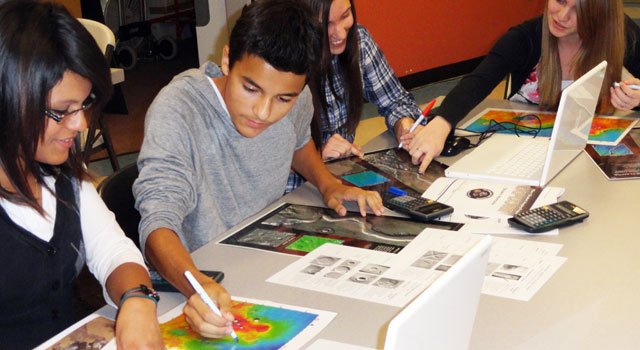
As an educator, I have always thought that integration and diversity make any learning environment better. My idea was that any classroom, school, or district is better off when it resembles the larger world we live in, racially, culturally, linguistically.
I still think that. However, last week a comment made at workshop for principals made me rethink the work that educators need to do for diversity and integration to actually work. It also made me rethink the qualities I look for in teachers that I hire.
At the workshop, we were discussing the recent news that out of the 900 students accepted to Stuyvesant, New York City’s best public high school, only 7 black students were admitted. Students must take a rigorous test in order to get into the school, and so the dramatically skewed results raised questions of equity and access for black and Hispanic students: why were they not better prepared to do well on the test? What was happening in their middle schools? Is a test even the best measure of selecting top students or is it biased?
The workshop facilitator, a black man, said, “While the statistic of 7 students being accepted is disturbing, if more black students were accepted, I’m not sure they’d actually get a better education. It would be the case of ‘Brown vs Board of Education’ all over again.” He said that in some cases after ‘Brown versus Board of Education’, some black students admitted into white schools actually received an inferior education, facing deep bias within their own classrooms.
Over the past two years, I have been privileged to attend a number of workshops on racial equity and recognizing one’s own implicit bias. My own superintendent has provided her principals with a series of high-quality professional development workshops around these topics. At one particularly powerful workshop, a professor and researcher named Dr. Bryant Marks said “It’s not the content of your character, it’s the machinery of your mind.” It’s crucial for educators to see how the machinery of our minds operates and how it influences how we teach our own students. Dr. Marks cited an example of black boys in pre-kindergarten having much higher rates of suspension than their white counterparts, and how this was a direct example of implicit bias. “How does this start in pre-kindergarten?” he asked us. “That’s a classroom management issue, yet it becomes a race issue.”
These workshops have made me realize that the ability to recognize and examine one’s own implicit bias is a quality that all educators must possess—these are not just “workshop topics,” but skills as important as lesson planning and classroom management. In fact, bias is deeply integrated into what we even choose to teach students, how we address them, and the expectations we hold for them.
A conversation with every teacher could go something like this: “We all have prejudices that limit what we ask our students to learn, influence how we speak to them, and the expectations we hold them to. That’s something we’re interested in looking at and discovering, so that it can dissolved. If we don’t see it, then we can’t fix it. In fact, looking at these prejudices is the mark of an effective educator. You cannot consider yourself effective without the ability to engage in these conversations to see how you operate. In this school, you must be willing to engage in conversations about race in order to provide our students with the most outstanding education possible.”